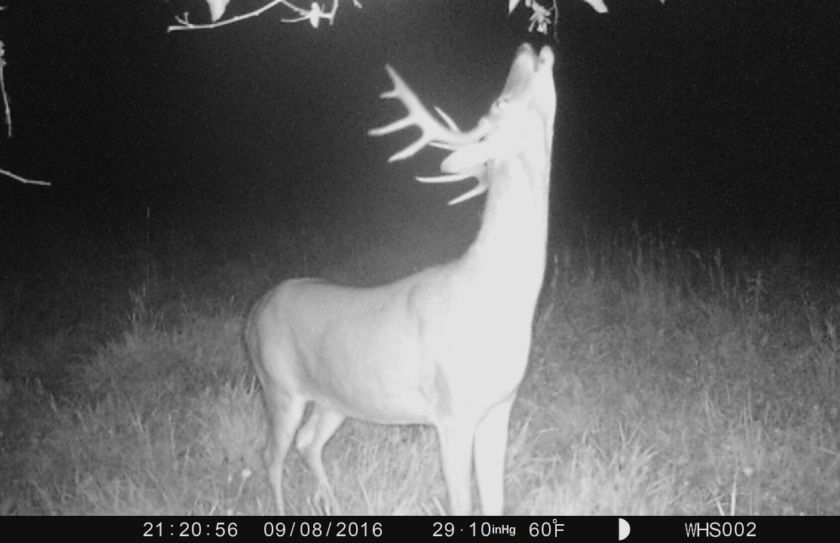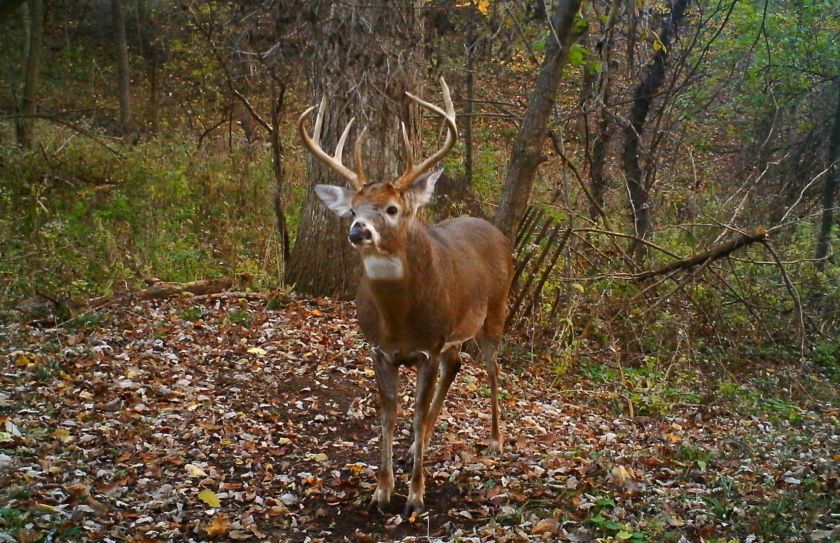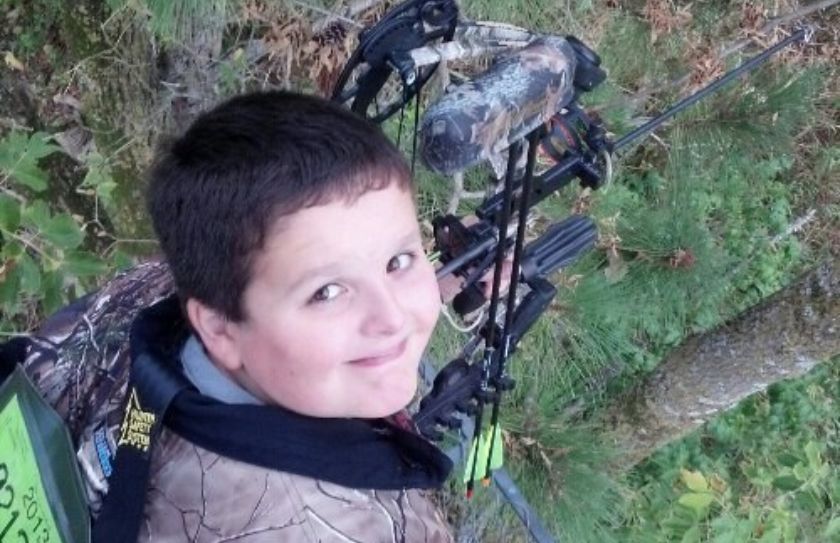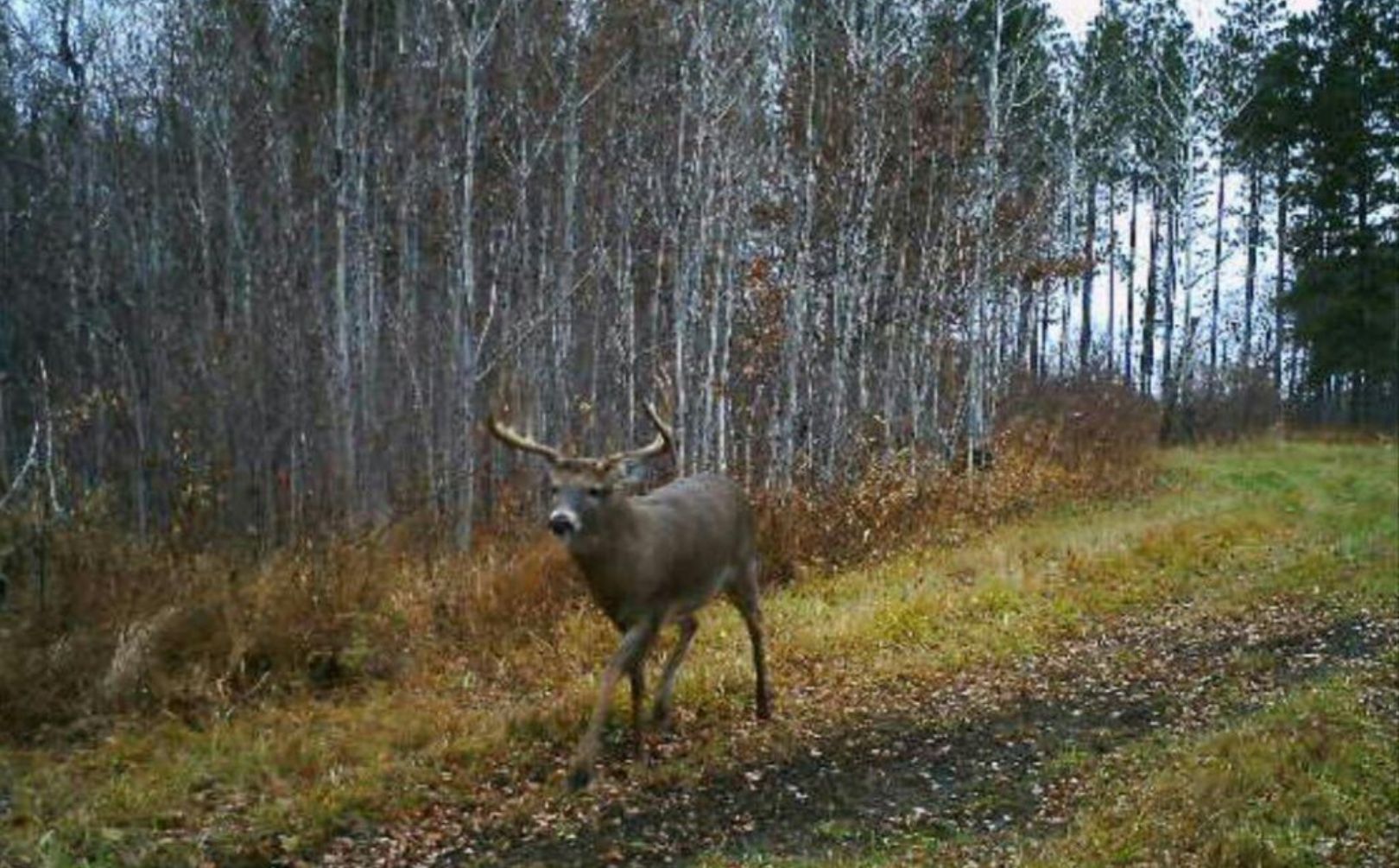
Even though I’m not hitting the waters for bass anymore, the parallels to hunting mature bucks are incredible! I’m obviously not zipping from woods to woods hoping to shoot a bunch of deer, but instead I plan my hunts for the most successful times of the season, and I don’t waste my time in-between. When I fished for bass in my old honey holes I expected to catch fish within a few casts, and now when I go deer hunting I’m beginning to expect a mature buck encounter within a few sits. In 2010 I had a chance on a mature buck during 6 out of 24 sits and that’s been a pretty reflective ratio for the last several years. Do I connect every time while not making any mistakes? Obviously not, because I would have been done hunting in my 2nd or 3rd sit in 2010. However 2010 went down as one of my worst years for making mistakes of all kinds. But the point is that I planned for high percentage sits during those 24 sits, and I think you can too! Another aspect of this strategy is that while maximizing your mature buck sit opportunities, you can avoid both stand and hunter “burnout”. Your stands can continue to improve the less you hunt them, and so can your drive and passion!
When should you take a seat for a monster? High percentage mature buck sits are available all season long, if follow these tips for each phase of the fall. I’m going to take you through the course of a typical season and I hope that you will be able to use some of the information to apply to your own monster pursuits.
“The Opener”
It doesn’t matter if you are hunting a bow opener in MI or WI; I think it pays to seek the same conditions for a mature buck sit. First, you can’t be too concerned about what your neighbors are doing, unless you hunt public land. However on private land I think you can plan for your neighbor’s activities to help you, and not hurt you. I’ve seen so many times where a 40-acre parcel that has way too much hunter activity creates a situation where deer literally don’t use the property until after dark. But, on the next-door neighbor’s parcel of the same size…deer are feeding on a food plot 3 hours before dark. Neighbor 1 would say the deer are “nocturnal”, while neighbor 2 would say they were not. The reason I point this out is because if the conditions are not right for an opening day hunt, it pays to stay off of the land and not force the sit. If the temperatures are poor, the winds are high, or the weather is nasty, it just doesn’t pay to hunt. Visiting camp to hang out with family and friends, possibly check some cameras, or even to mow the grass around the cabin can all still be enjoyed, but by resisting the urge to get into the woods, you will often be rewarded. And keep in mind, the more you’ve planned for your efforts, and the more your neighbors are ruining theirs…the odds that you can begin to connect on your own parcel are only increasing as the days progress.
Bow Season Opening Day Strategies:
What you should be looking for around opening day are cold fronts, mild winds, and decent weather. I know there isn’t typically going to be a major cold front, but I can remember several opening weekends in the UP of Michigan when several inches of snow blanketed the ground. Another feature to look for is a rising full moon in the evening, which often creates great mid-morning to lunchtime feeding times for deer. I’ve had enough success with this moon phase-induced feed pattern, that if the weather looks good, I will adjust my schedule to find a stand with a hidden food source and bedding area nearby, and see what happens. This is also a great time to possibly enter stand an hour after first light, to make sure the deer are already in their beds when you access your mature buck sit.
It pays to focus on a period of time you choose to hunt, and not necessarily a particular day that you feel you have to hunt. That will be a consistent theme throughout this discussion and I’m looking forward to hearing later how it contributes to your success this season.
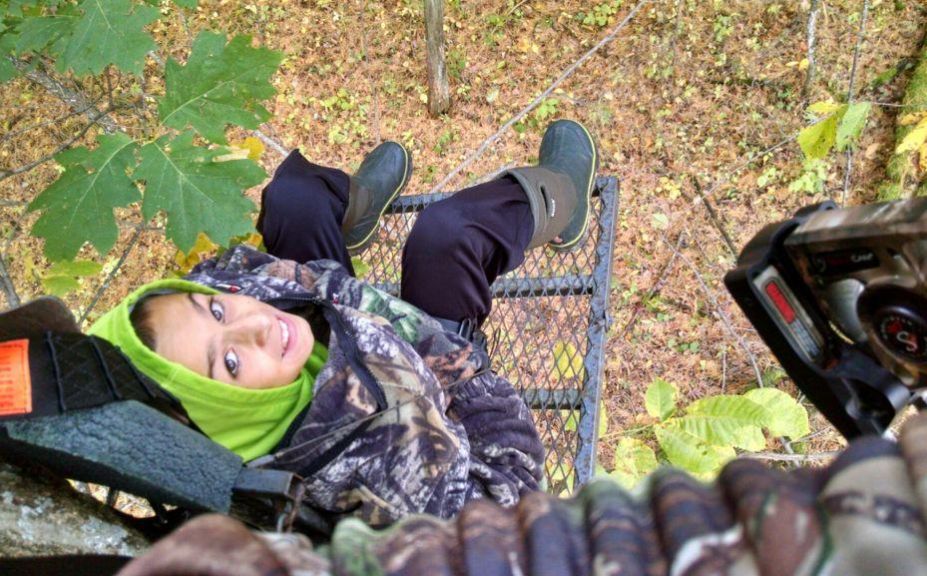
*An early season bow hunt can be an incredible time to draw back on a lazy Summer giant. To help you plan your hunt, read “Seven Early Season Bowhunting Strategies for Success”.
“The October Lull”
In my experience the “October Lull” happens a few days after any hunting season bow opener, regardless of if the actual date falls during September, or October. The October Lull takes place after a little hunting pressure is thrown on a hunting parcel. I’ve experienced great hunting 2 weeks after the opener in WI, but at the same time the land sat hunting pressure free until our own personal opener took place. In MI that period of time typically starts within a week of the opener and in most Midwestern areas the lull continues until the first major cold front around the 24th of October. If there is a major cold front around the 22nd of October, I think you should take a chance on an evening food source a couple of nights after the front passes and I’ve experienced a good mature buck sit even when planning just 1 hunt to catch the right weather conditions. About 8 years ago I traveled 6.5 hours for 1 good evening sit because the perfect conditions of cool temps and calm evening winds do not take place often throughout the several weeks of the Lull. You have to have confidence in your plan of attack and that can only come from being dedicated to a plan, carrying out that plan, and repeatedly experiencing success along the way.
October Lull Strategies:
During the October Lull you should be looking for the same aspects of an early season opener hunt…cool temps, calm winds, and mild weather. If you can get all 3 to take place just after a couple days of nasty weather during a rising full moon in the evening…now you’ve got an outstanding plan! I like to key on waterholes, food sources, and remote bedding area sits that give me an opportunity to connect on a mature buck as he is heading to an evening food source. That mid-morning food source next to a great buck bedding area isn’t a bad choice for a rising full moon pattern either! I used that pattern in 2010 to blow a chance at a monster 5 year old on the 23rd of October and that experience alone was worth the 3-day trip. 3 days may seem like a short trip when you are driving nearly 7 hours one way, but the real seat times begins after the first cold front in late October.
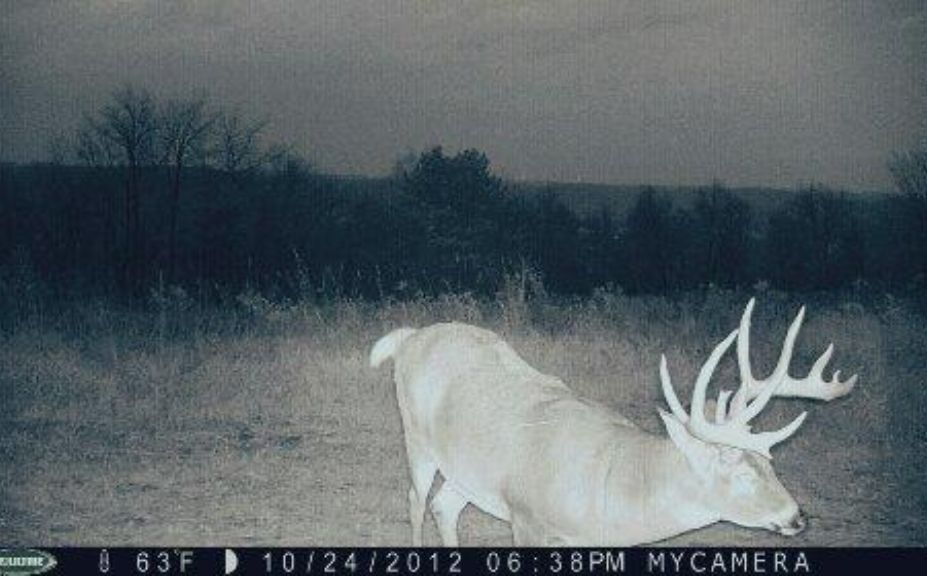
*Is the October Lull more myth or reality? For an answer to that question and for tips on how to connect during the Lull, try reading “October Lull Hunting Strategies”.
Late October Cold Front
Some guys start their time off on the day of Halloween, some wait until the first full week in November, and some wait until even later. What I would like you to continue to do is to not focus on a particular day on the calendar, but instead, a period of high quality conditions. Sure, the “pre-rut” is an outstanding time for a mature buck sit as well as my personal favorite time to be in the woods, but in my experience it’s almost just as bad as the October Lull if the conditions aren’t right. Temperatures in the 70s, mornings in the mid-50s, and high winds all add up to poor hunting even though it may be in the “best time of the year” to hunt mature bucks. There is no “1 day” that is best that I have experienced during this time, unless that day is on the heals of a major cold front. That day may be the 24th of October, or it may be the 2nd of November, but if you miss that day and the few days that follow, you most likely have missed the best period of time for potentially the entire year. I’ve learned this the hard way in the past by enjoying great daytime pictures of mature bucks when I haven’t been hunting, and this has been reinforced in recent years when I’ve been able to take advantage of the “perfect” conditions to find consistent success. During the past several years I’ve focused more and more on hunting 3-weekend windows for possibly hitting the woods. I’ve gone hunting for a few days when the conditions are great, gone home for a week when they were poor, and gone back for a day or two to connect on a monster. Again…success isn’t about focusing on one day, but just a few days either together or scattered that feature the best conditions. Even during the best of pre-rut days I simply don’t want to spend my time on low % sits for fear of burning out my stands, as well as family and myself.
Late October/Pre Rut Strategies:
During this time of the year you need to concentrate on some outstanding morning hunting as bucks that are often more ready than does, are on the move in and around their bedding areas. Downwind bedding area sits are great, funnels between doe bedding areas can be very productive all day, and getting close to the food in the evening is a must. In fact, at this time of the year the closer you can get to a good staging area where bucks are keying on a secure area before they enter a food source, the more you can capture potential buck movements from a wide area. On the flipside the closer you are to a bedding area in the evening, the more you have to rely on that 1 bedding area to cough a buck past your stand location. After you spend a few quality days during this time, you really start to enter the “wildcard” time.
The Rut
Mature bucks are “locked down” with does and even during the best of conditions the hunting can sometimes seem poor. If there was one time to put some consistent seat time in, this is it. You just never know when the oldest buck in the neighborhood is going to be traveling from one doe to look for another. If the conditions are consistently decent with good temps, good weather and good winds; go for it! The doe family groups at this time of the year seem to be edgy and you can’t blame them because they have been pestered by mature bucks that rarely show their face, let alone while displaying their testosterone filled aggressiveness. Your sightings may be sporadic, and your opportunities limited, but this is still a great time to connect on a mature buck.
Rut Strategies:
I love to take a mature buck sit on a waterhole during dry periods, on dry parcels during the rut. Those wandering giants are burning a lot of energy at this time of the year and as our game cameras annually display, mid-day waterhole visits are common. This is a great time to find the larger doe family groups as they enter food sources in the evening. Often the does are scattered, stressed, and timid so when you find them herded up a bit a mature buck typically isn’t too far behind. Fencerows, travel corridors, and traditional cruising locations are great spots for a quality sit during the day. Throw in a waterhole and it just may make the difference for your success. Often during this time of the year I have narrowed down my strategy to a particular stand or two, and a particular wind I need for those stands. If I don’t get that wind, I don’t hunt unless I can hunt in a location that doesn’t hinder my potential success with a targeted mature buck sit. Once I’ve exhausted my efforts during the entire rut, boy does the season change quickly when the guns come out!
Gun Season
I know that said to focus on a period of time for a mature buck sit, instead of a particular day; well, for the gun season opener this does not apply. With a gun in hand this is an outstanding time to take any of your frustrations out from a lengthy bow season with no close shots. Of course, “its with a gun” the bowhunting purest would say, but I like hunting all the time during all seasons, and that includes gun season. The opener of rifle is a “can’t miss” day for me. Many of my PA public land rifle opener hunts have including driving 25 hours round trip just to hunt 1 day. And the majority of those days have been successful. When you think about it, it says a lot that no matter what the weather, what the winds, and what the temperatures during a gun season opener; success is there for the taking at a pretty high degree.
Gun Season Strategies:
Getting into a stand position adjacent to a thick bedding area isn’t a bad place to start. Getting between bedding areas on a thick brushy line of habitat is even better. During gun season it never fails that mature bucks eventually settle into a patch of cover that has protected them for years. That patch of cover has got to be thick, remote, and hard to get near without spooking the deer within. It often takes getting into position well before shooting light and then waiting for a good buck to come to you. Something interesting is that my oldest buck opportunities haven’t come during the gun season opener…but instead either during pre-rut bow, or the late season.
Late Season
The “Late Season” to me, consists of late gun, muzzleloader, and late bow. This is an exciting time to hunt because most hunters are out of the woods, and the mature bucks begin to hit the food sources often. Bucks that were wise and experienced enough to sit tight the first few days of gun have settled into a pattern of feeding that often lulls them into a sense of security.
Late Season Strategies:
While morning hunts can be tough during the late season and sometimes even detrimental to your late season success, an evening mature buck sit over food sources can be incredible! Your scent of course can’t blow into the food source that you will be hunting, but just as important you can’t allow your scent to blow into bedding areas on the way into your stand, or during your sit. I also like to sit in areas that allow me to be able to get out of my stand in the evening to preserve the location for another night. I’ve seen too many hunters get complacent in the fact that they spook deer on the way in or out, but still continue to see lots of deer. Often when a hunter is spooking food source deer, they will see fewer and fewer deer each night. However, the real late season fun begins when you can watch a food source over and over again without spooking the deer that you are watching, on the food source. If there is a monster buck lurking, he will often show his face at some point if that pattern of security on the food source is created over several days or weeks at a time, during the late season. If you spook a few deer ever couple of days, you will most likely never see the mature buck you are after as an every broadening area of stress and risk surrounds the food source. A great focus to carry with you while hunting is the realization that a mature buck wants to get to the food during the daylight, but if he feels comfortable or not doing so is ultimately up to you.
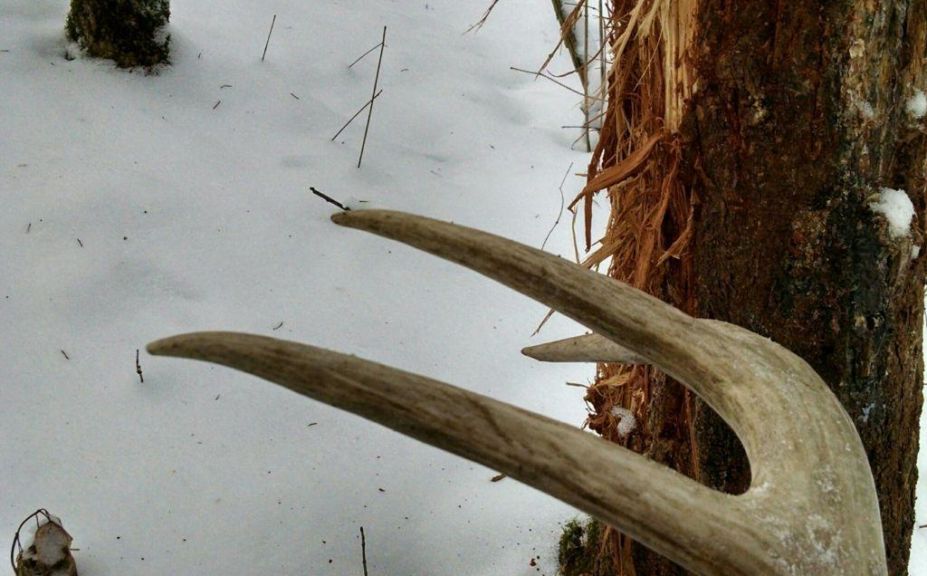
*The late season is one of my favorite times to hunt! The woods are quiet, snow often reveals fresh sign and hope, and if you can stay warm a December hunt can offer a very peaceful sit. For a complete set of strategies aimed at taking advantage of a great hunt when the air turns bitter and cold, take a look at “Late Season Mature Buck Sits”.
Conclusion
Do you like to fish? I sure do, and although you are never really “wasting time” on the water or even in the woods while hunting, there is a lot to be said for maximizing your time in the outdoors. High quality mature buck sits can and do, take place all season long if you are open and ready to take advantage of them. Over the years, I have learned that a little flexibility in planning my hunts goes a long way in determining the outcome of my eventual success. I encourage you to keep your eyes and ears open for opportunities throughout the year, even if that opportunity is just for 1 cool evening during the dreaded, “October Lull”. Are you ready to maximize your sits this year for each phase of the season?
